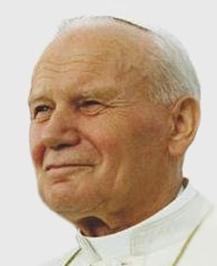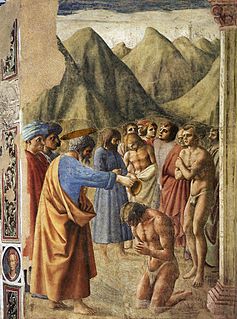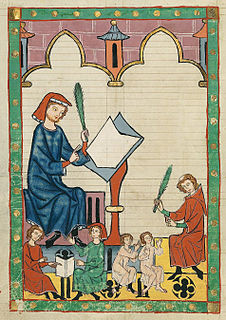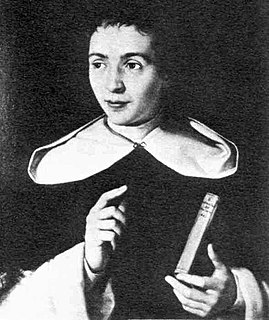
Venerable Samuel Charles Mazzuchelli, O.P. was a pioneer Italian Dominican friar and Catholic missionary priest who helped bring the church to the Iowa-Illinois-Wisconsin tri-state area. He founded a number of parishes in the area, and was the architect for a number of parish buildings. Additionally, Mazzuchelli founded a number of schools throughout the region, some of which have developed into local Catholic colleges. As part of this effort, he founded the Sinsinawa Dominican Sisters.

Rutilio Grande García, S.J., was a Jesuit priest in El Salvador. He was assassinated in 1977, along with two other Salvadorans. He was the first priest assassinated before the civil war started and a close friend of Archbishop Óscar Arnulfo Romero. After his death, the Archbishop changed his conservative attitude toward the government and urged the government to investigate the murder.
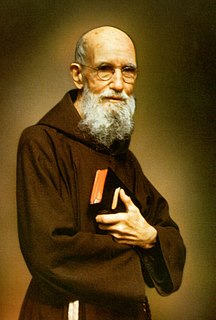
Solanus Casey – born Bernard Francis Casey was an American Roman Catholic priest and a professed member of the Order of Friars Minor Capuchin. He was known during his lifetime as a wonderworker, for his great faith, and for his abilities as a spiritual counselor - but especially for his great attention to the sick, for whom he celebrated special Masses. The friar was much sought-after and came to be revered in Detroit where he resided. He was also a noted lover of the violin, a trait he shared with his eponym, Saint Francis Solanus.
Blessed Johannes Ludovicus Paquay - in religious Valentinus - was a Belgian Roman Catholic priest and a professed member from the Order of Friars Minor. He was a popular confessor and noted preacher while serving in various leadership positions in the house he was stationed in; he was also known for his popular devotion to the Eucharist and the Sacred Heart and promoted these devotions to the faithful and to his conferees alike.
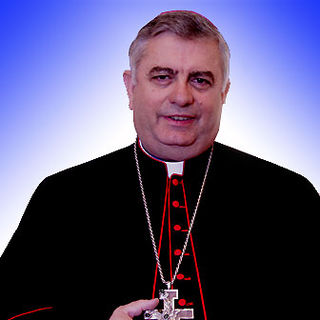
José Rodríguez Carballo is a Catholic archbishop and official of the Roman Curia. On 6 April 2013, he was named secretary for the Congregation for Institutes of Consecrated Life and Societies of Apostolic Life. He had previously served as General Minister of the Order of Friars Minor from 2003.

Saint Tommaso da Cori - born Francesco Antonio Placidi - was an Italian Roman Catholic priest and a professed member of the Order of Friars Minor who lived as a hermit for much of his religious life. He gained fame as a noted preacher throughout the region where his hermitage was located and for this became known as the "Apostle of the Sublacense".

Raffaele Rossi - born Carlo - was an Italian cardinal of the Catholic Church and professed member from the Discalced Carmelites. Rossi served in the Sacred Consistorial Congregation in the Roman Curia from 1930 until his death and has a friar had the religious name "Raffaele of Saint Joseph". Pope Pius XI elevated him into the cardinalate in 1930.

Mamerto Esquiú Medina - born Mamerto de la Ascensión Esquiú - was an Argentine Roman Catholic professed member from the Order of Friars Minor and the Bishop of Córdoba from 1880 until his death.
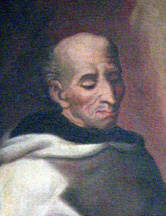
Blessed Angelo Paoli - born Francesco - was an Italian Roman Catholic priest and a professed member from the Carmelites. Paoli became known as the "father of the poor" due to his strong charitable outreach towards those who were poor and sick and he even received praise from a number of cardinals and other prelates while living in Rome. This extended to his friend Cardinal Saint Giuseppe Maria Tomasi and Paoli even received praise from Pope Innocent XII and Pope Clement XI who both offered him the cardinalate despite refusals.

Saint Francesco Maria da Camporosso - born Giovanni Croese - was an Italian Roman Catholic professed religious from the Order of Friars Minor Capuchin. Croese became a beggar in Genoa where he sought alms from people and was at first heckled and assaulted before his reputation for personal holiness spread which prompted people to come and see him.

Saint Egidio Maria of Saint Joseph - born Francesco Postillo - was an Italian professed religious of the Order of Friars Minor. Postillo became a Franciscan brother rather than an ordained priest due to his lack of a proper education and so dedicated himself to the care of the poor and ill in southern Italian cities such as Taranto and Naples where he earned the moniker of the "Consoler of Naples".
Michael Lenihan O.F.M. is the first Bishop of La Ceiba since his episcopal ordination on 11 February 2012. He had previously served as Vicar General and Parish Priest in the Diocese of Comayagua.
Blessed Francesco Zirano was an Italian Roman Catholic priest and a professed member from the Order of Friars Minor Conventual. Zirano's mission to Northern Africa started after Pope Clement VIII commissioned him to go and collect ransom funds to free captive Christians that the Muslims held as their hostages, though he himself was later targeted and imprisoned in chains; he was later executed for refusing to convert to Islam. His life had been dedicated to aiding hostages wherever possible, including a kidnapped cousin who was soon freed not long after Zirano's death.
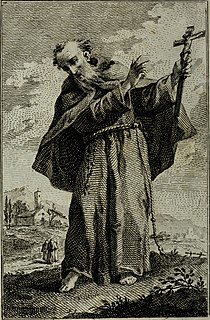
Saint Luca Antonio Falcone – in religious Angelo – was an Italian Roman Catholic priest and a professed member of the Franciscan Order of Friars Minor Capuchin in Cosenza. Falcone had a rough call to religious life after several entries and exits into the order and he later served as a noted preacher across southern Italian cities such as Catanzaro and Salerno after his first few sermons attracted little following. He became titled as both the "Angel of Peace" and the "Apostle of the South".
Blessed Giacomo Bianconi was an Italian Roman Catholic priest and a professed member of the Order of Preachers. Bianconi - who hailed from Umbria - joined the order in his adolescence and dedicated his pastoral career to his flock and on one notable occasion aided refugees when Frederick II sacked the area in 1248. He also combatted heresies and managed to convert one of their chief propagators while also distinguishing himself through his life of extreme poorness that went past the Dominican standards.
Blessed Andrea Caccioli was an Italian Roman Catholic priest and a professed member from the Order of Friars Minor. He became the first priest to enter the Franciscans and served as one of the disciples of Saint Francis of Assisi himself - the priest was at his deathbed and attended his canonization. The friar preached across Italian cities such as Rome and Padua as well as in France and he became noted for miracles performed during his lifetime.
Blessed Gregorio Celli was an Italian Roman Catholic priest and a professed member of the Order of Saint Augustine. Celli lived with the latter order in Rimini until he decided to spend the remainder of his life in deep contemplation and so moved to the region's hills where he dwelled in a cave near the Franciscans stationed there. It is claimed he was expelled from his order and became a Franciscan though there is no evidence to support this claim.
Francesco Saverio Toppi - born Vincenzo - was an Italian Roman Catholic prelate and professed member from the Order of Friars Minor Capuchin who served as the Prelate of Pompei from 1990 until his resignation in 2001. Toppi fostered a deep devotion to the Blessed Mother and this devotion further developed and was solidified when he was appointed to oversee the Marian shrine in the Pompei prelature. He carried out his duties to the fullest as a teacher serving in Palermo and Naples prior to his episcopal appointment and served in various capacities of leadership for his order.

Antonio Pietro Cortinovis - in religious Cecilio Maria da Costa Serina - was an Italian Roman Catholic professed religious from the Order of Friars Minor Capuchin. He had set his heart on entering the religious life despite his initial reluctance due to him pondering on his unworthiness. This belief manifested in his childhood which motivated him to decide against entering the priesthood. But his religious formation in the order was pushed back due to World War I and he was unable to make his solemn religious profession until the war had concluded.





